Unhappily Never After: Happy Endings Stripped Away in Sequels
"Death comes for us all, Oroku Saki." - Master Splinter, Teenage Mutant Ninja Turtles
The storyteller giveth and the storyteller taketh away. In this post, I examine five examples of "happily ever afters" that were stripped away in sequels.
Luke Skywalker, Princess Leia Organa, and Han Solo, Star Wars
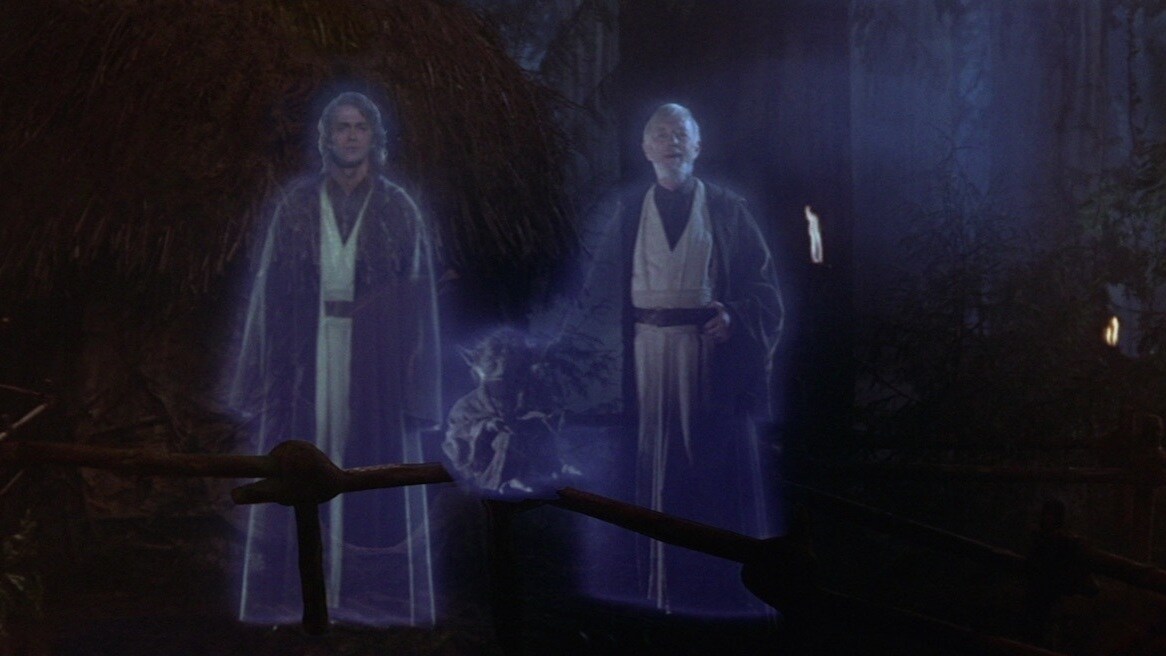

The original Star Wars trilogy concludes on an upbeat note, with Anakin Skywalker's redemption, the fall of the Empire, and peace finally restored to that galaxy far, far, away. The last we see of Luke Skywalker, Princess Leia Organa, and Han Solo, they're celebrating their monumental victory in the company of their dearest friends, while the smiling ghosts of Obi-Wan Kenobi, Master Yoda, and Anakin watch over them with pride.


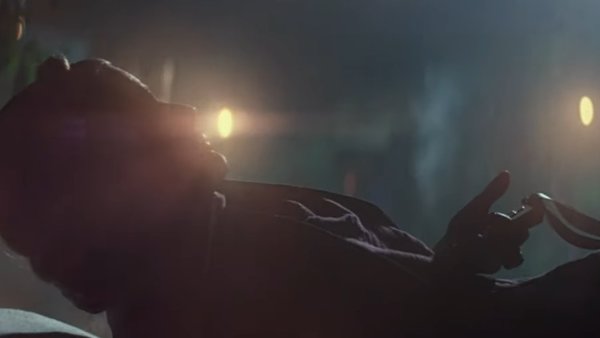
Enter the sequel trilogy, in which the Empire strikes back, yet again, the galaxy is once more engulfed in turmoil, and Luke, Leia, and Han have gone their separate ways. Each new film kills off one of these iconic characters, and the three of them never share a single scene together. Bummer.
Ellen Ripley, Dwayne Hicks, Rebecca "Newt" Jorden, and Bishop the Android, Alien
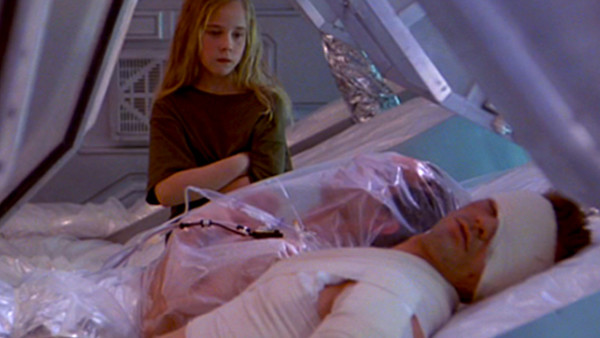

By the explosive finale of Aliens, there are only four characters left standing: Ellen Ripley, Dwayne Hicks, Rebecca "Newt" Jorden, and Bishop the Android, who are all preparing to take a well-deserved, Rip Van Winkle-like nap during their long, interstellar flight back to Earth.




Unfortunately, Alien 3 sends three of these characters to Heaven right off the bat, and Ripley is reunited with them by the time the end credits roll. Game over, man, game over.
Alice Hardy, Friday the 13th
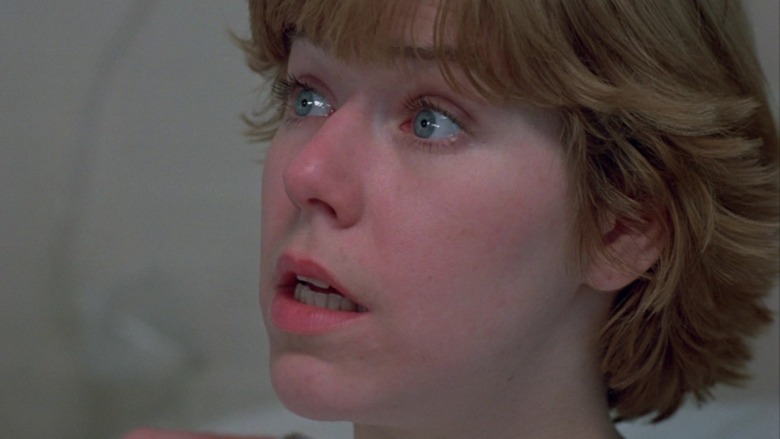

The original Friday the 13th saw only one teenaged counsellor, Alice Hardy, survive the deranged Mrs. Voorhees' killing spree at Camp Crystal Lake. Alice's victory over Jason's mother was even recreated in the prologue of the 2009 reboot.
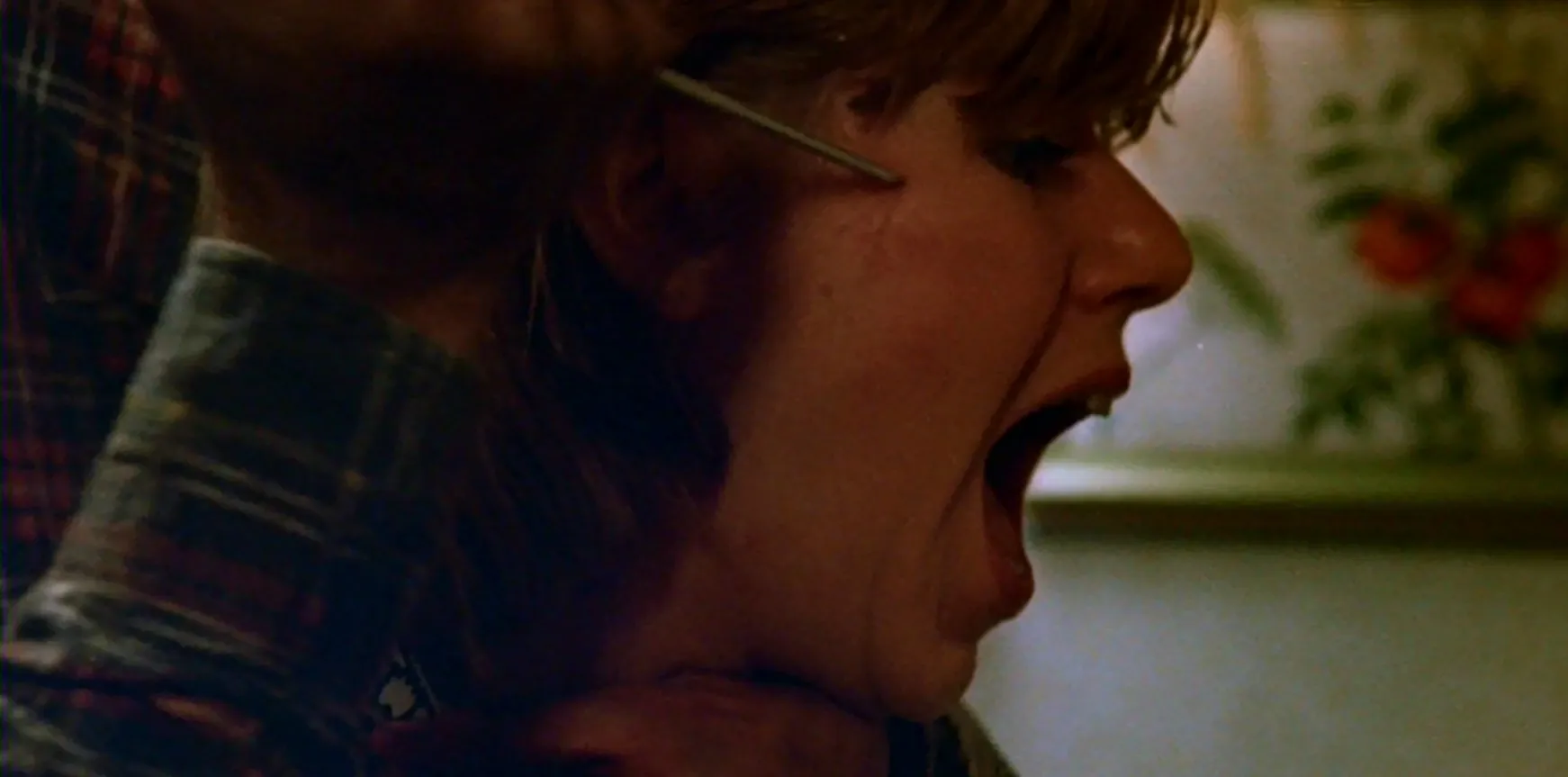
However, the events of Friday the 13th Part 2 kick off with Alice kicking the bucket, earning her the distinction of being both the sole survivor of Mrs. Voorhees and the first victim of Jason Voorhees. Ki-ki-ki ma-ma-ma.
Sarah and John Connor, The Terminator
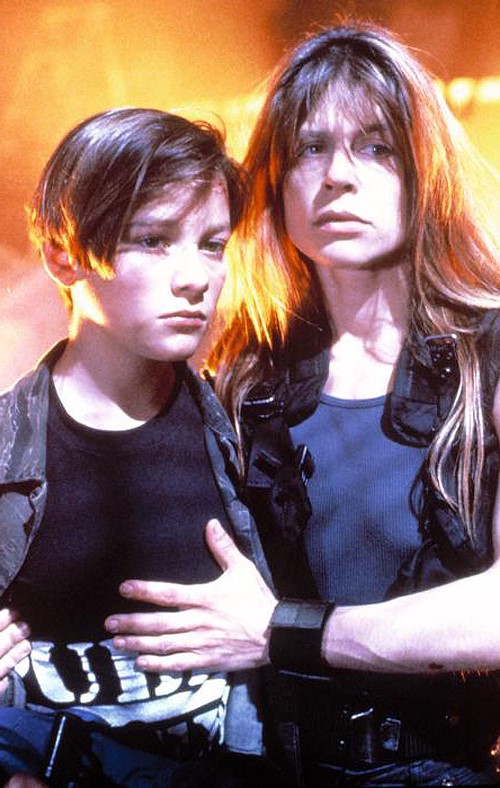


In the final pulse-pounding minutes of Terminator 2: Judgement Day, mother and son duo, Sarah and John Connor, successfully prevent the rise of Skynet with the aid of a reprogrammed Terminator that learned the value of human life. The movie ends with an optimistic hope for the future, while the extended edition concludes with a happy epilogue depicting a peaceful future for elderly Sarah and middle-aged John.
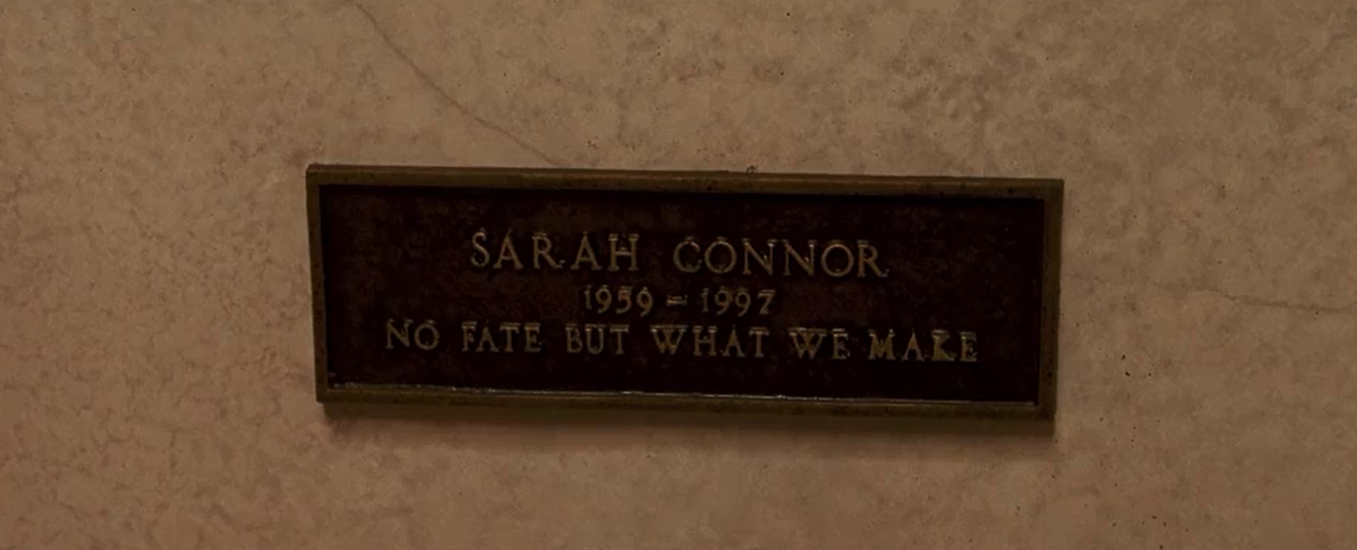
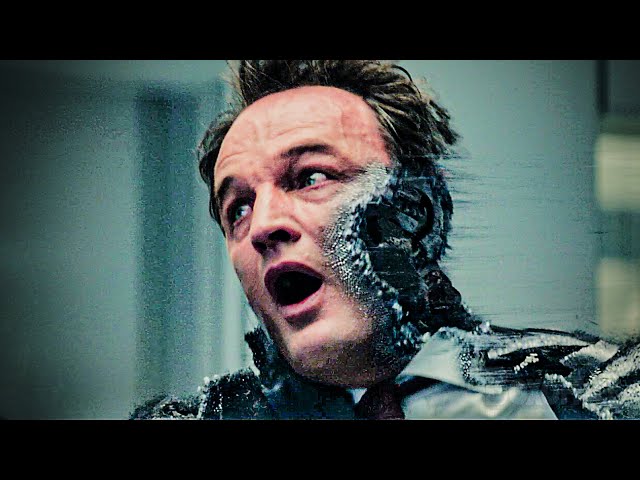

This optimistic hope is swiftly stripped away in each of the following Terminator sequels, with the future remaining bleak and humanity still on the brink of extinction. The grim future also unfolds with either Sarah dying offscreen from leukemia, middle-aged John being roboticized into an evil Terminator, or teenaged John getting gunned down by a Terminator shortly after the events of T2, depending on the convoluted mess of sequels and reboots. No fate but what we make.
Marian, Double Dragon
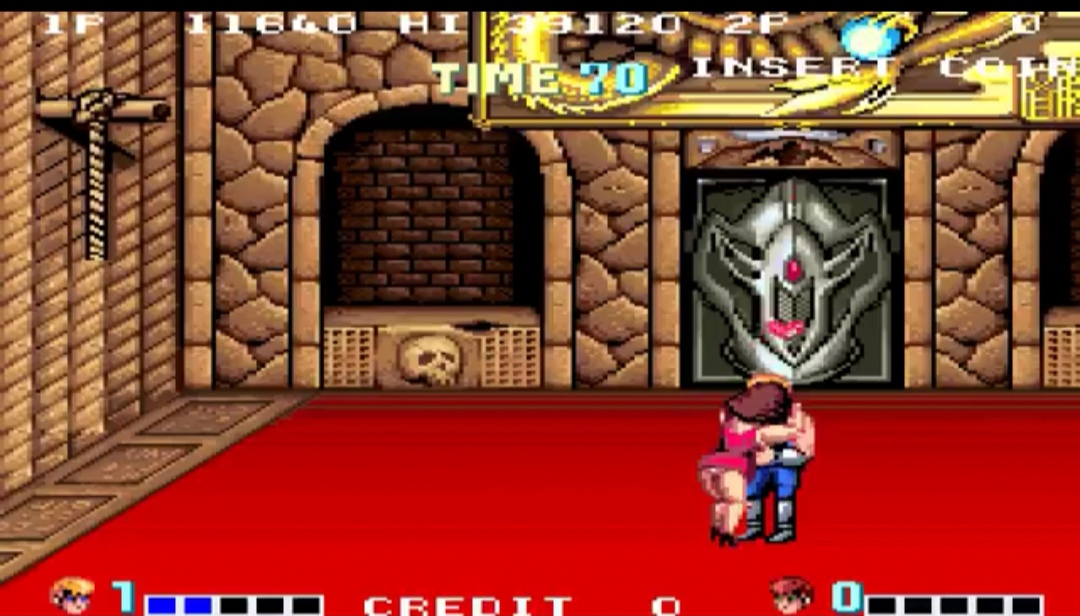

Both the original arcade and NES versions of Double Dragon end with Billy Lee rescuing his girlfriend, Marian, from the evil Black Warriors gang. One major difference of the NES version is that it omits the two-player co-op mode, and should've been called Single Dragon, as a result. Another major difference is that the NES version added the plot twist of Billy's twin brother, Jimmy Lee (player 2 in the arcade version), being revealed as the shadowy leader of the Black Warriors, forcing Billy to commit fratricide to save Marian.


Sadly, Billy and Marian's happiness is short-lived, as both the arcade and NES versions of Double Dragon II: The Revenge open with the latter's brutal murder at the hands of the vengeful Black Warriors. This time around, the NES version of Jimmy is back from the dead, now a good guy, and ready to help Billy avenge Marian's death in a restored two-player co-op mode. Continue?
I have additional examples that I'll explore in a follow-up post. Writing the third chapter of Putting a Face to the Name is also on my to-do list. Until next time, love, peace, and chicken grease.